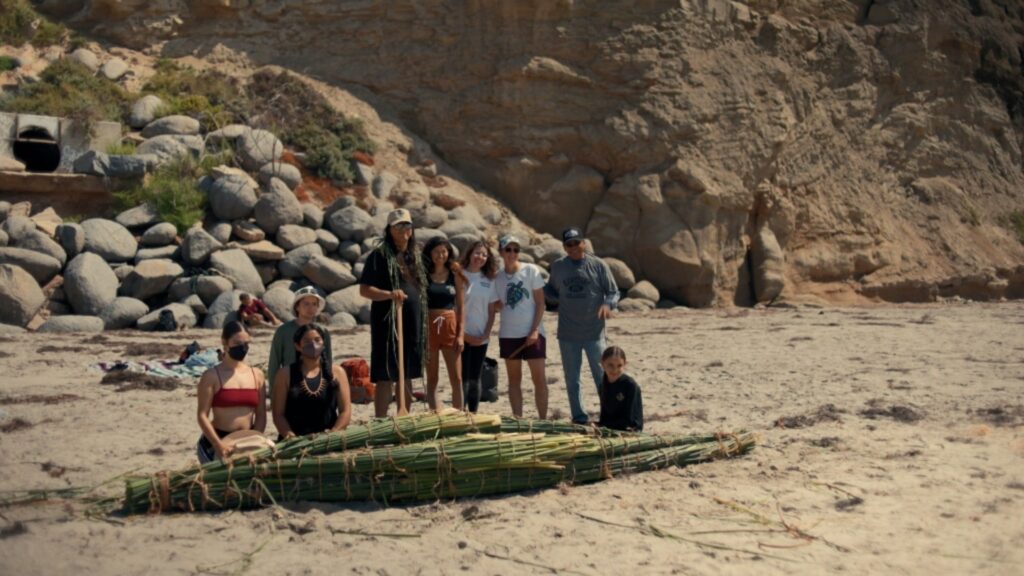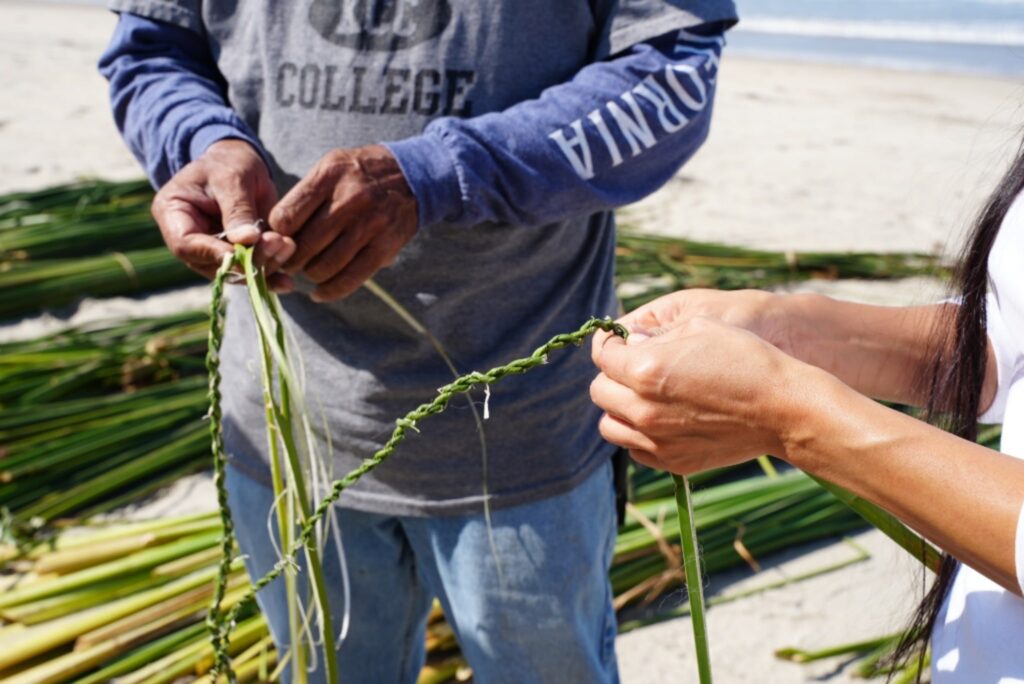10
EPISODE TEN :
SAN DIEGO
OUR STORYTELLERS

STANLEY

MARC
TULE BOATS
ha kwaiyo
(Kumeyaay)
San Diego is known internationally for its white-sand beaches, palm-lined boulevards and relaxed SoCal vibe. But what is less known is the area’s rich Indigenous history and identity, still home to the largest number of reservations in any US county.
The Kumeyaay people have called the region home since time immemorial and have always held a close connection with the land and waterways of the area, their territory now severed by the Mexico-United States border.
Historically, the Kumeyaay were a coastal people who depended on fish, lobsters, crabs, and other coastal plants and resources. They used tule boats, known as ha kwaiyo, to navigate the rivers and ocean to hunt for large fish and marine mammals.
Tule reeds would be harvested from marshland before being tied into bundles and left to dry for several days. These bundles would then be lashed together into overlapping sections before being pulled upwards into a bow and stern to create the shape of a canoe.


Made in varying lengths, from individual to family-sized canoes, they were used for transportation, fishing and trade along San Diego’s many rivers, inlets and bays. While the Kumeyaay’s connection to the ocean is all-encompassing and rooted in their creation story, colonialism drastically upended that link.
First colonized by Spanish missionaries and later by the United States, the Kumeyaay were progressively ethnically cleansed and expelled from their ancestral lands along the coast and pushed further inland into the mountains.
Today, not one of the eighteen reservations in San Diego County is located on the coast, severing Indigenous people’s physical and spiritual connection to the ocean. This reality has been further exacerbated by exorbitant coastal real-estate prices, preventing most marginalized people from living in these areas.
However, several local Indigenous organizations are hoping to change that reality by helping BIPOC people gain access to the coast and learn the traditional practices of their ancestors. Thanks to local Indigenous leaders, tule boats are again taking to San Diego’s waterways and reaffirming the area’s proud Indigenous history.

CONTACT US
Have a story about your own little big community?
Reach out and let us know! We would love to help you tell it.
